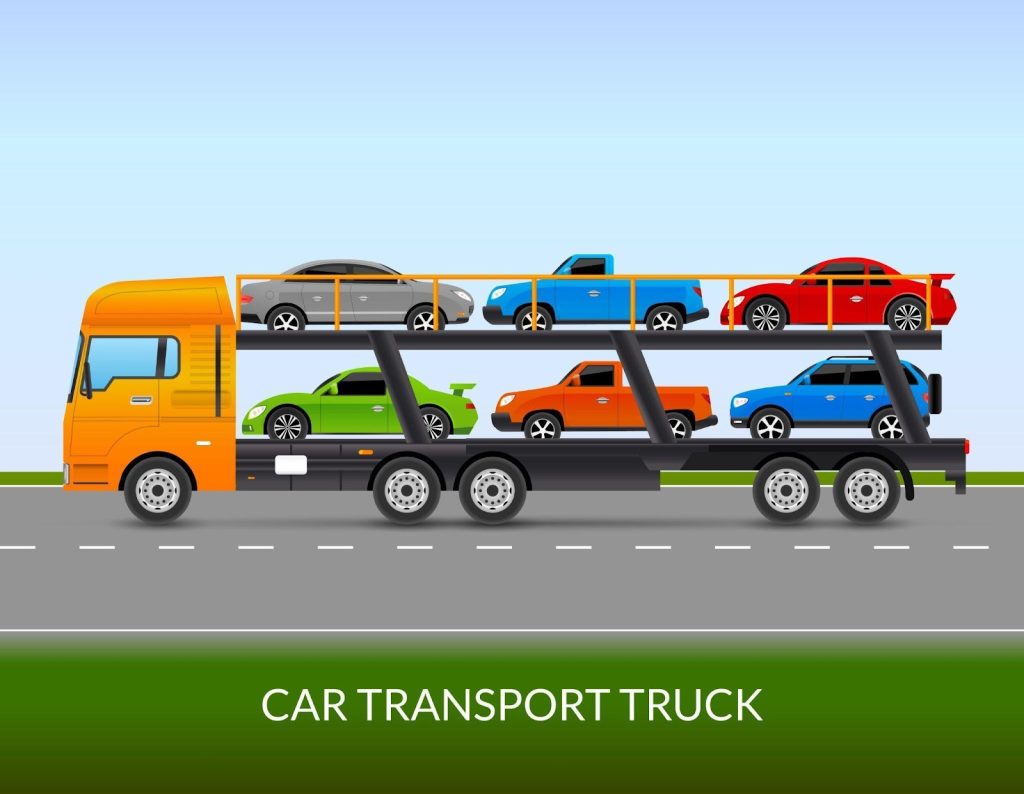
Relocating to a new state is an exciting adventure, even if the logistics can seem daunting at first. One of the major tasks is coordinating the safe transfer of your vehicle across multiple jurisdictions. Properly shipping a car between states deserves careful planning to ensure everything goes smoothly from start to finish.
Travelers exploring destinations where public transit lacks convenience can benefit greatly from leveraging Car Rental search platforms that simplify finding competitively priced vehicles aligned with individual trip requirements.
This comprehensive guide will walk you through each essential step of the auto transport process. From obtaining shipping quotes to preparing your ride, booking your shipment, and final delivery – we’ll explain what to expect and how to prepare at each phase. Our goal is to alleviate stress and provide peace of mind so you can focus on enjoying your move.
Get Vehicle Shipping Quotes
The first step is to research and obtain quotes from qualified vehicle shipping companies. Most carriers have online forms to input your vehicle and moving details to provide binding estimates. Be sure to request quotes from at least three reputable auto transporters.
When filling out quote requests, have important vehicle specs ready like the make, model, year, VIN, odometer reading, and any special notes about size or condition. Provide your start and end addresses along with preferred pickup and delivery dates.
Most estimates are free and take just a few minutes to complete online. The return quotes for transporting cars to another state should clearly outline the base price plus any additional fees like mileage charges if distances exceed certain thresholds. Ask carriers to explain what services are included, such as enclosed transport versus open carriers, insurance coverage, storage fees, and the projected transit timeline.
Comparing multiple bids side-by-side allows you to assess factors like total costs, shipment durations, customer reviews, and included value-adds. Don’t automatically choose the cheapest quote since reputable carriers may have higher prices but more safeguards and tracking in place.
Binding written estimates are preferable to verbal quotes which aren’t legally binding. They protect you if prices increase and allow you to confirm pricing details before committing. With options evaluated, you’ll be ready to book transport with your selected auto shipper.
For those seeking a reliable and efficient vehicle shipping service, exploring options like Shiply can provide peace of mind by connecting you with experienced transporters specialized in interstate vehicle transport.
Prepare Your Vehicle for Transport
Properly preparing your vehicle ahead of time is important for safety and smooth transport. Here’s what to do before scheduling your pickup:
- Thoroughly wash the interior and exterior to remove dirt, bugs, and any personal belongings. Make sure it’s clean underneath too.
- Inspect and fill all fluid levels like gas, oil, brake fluid, transmission fluid, and windshield washer fluid. Top them off before transit.
- Check tire pressure and inflation. Carriers may refuse vehicles with underinflated tires.
- Tighten any loose exterior parts like mirrors, door handles, license plates, or accessories that could detach.
- Secure the hood, doors, and trunk to prevent opening unintentionally on the journey.
- Leave instructions along with insurance and registration docs for access if needed.
- Consider an oil change/tune-up for longer distance moves if the vehicle isn’t in top shape.
Proper prep prevents issues from happening and any delays in transport. A clean bill of health report will smooth your vehicle’s shipment between states.
See https://deepinmummymatters.com/how-to-properly-prepare-your-car-for-transport/ for more information on properly preparing your vehicle for transport.
Schedule Your Shipment and Get Transportation
Once you’ve selected a reputable shipping carrier, the next step is to officially book your shipment. Contact the company and provide the vehicle details, if not already on file from the quote request.
Then schedule specific dates for pickup and delivery that meet your moving timelines. Be available at the pickup location for 2-3 hours as transporters will inspect, photograph, and securely fasten your car to the carrier truck.
If you need to travel or cannot be present, discuss alternative arrangements with the carrier. They may allow self-transport to their facility or meet at a nearby location.
Confirm your selected transport dates meet any travel plans for you or your family if you escort the vehicle yourself. Ask about maximum pickup windows as well to plan your day accordingly.
Getting the shipment on the books locks in your pricing and timelines. Transporters will provide shipping documentation and contact details should you need to reach them during transit. With the booking complete, you’ll now await pickup!
Anticipate Delivery in the New State
Once your vehicle is picked up and secured with the transport carrier, it’s time to anticipate its arrival in the destination state. Reputable companies provide online tracking portals to monitor progress.
Most door-to-door transit takes 7-14 business days on average depending on distance, but additional factors could delay times. Stay flexible within a 2-week reception window. Carriers will notify you of any major issues causing delays as well.
Upon estimated delivery, ensure your schedule is clear for a 2-3 hour window. Transportation staff will safely unload and reposition the vehicle for inspection. Check for damage, review post-transit documents, and retrieve any personal belongings. Learn more about vehicle inspection here.
Note any issues promptly. Most carriers offer limited damage coverage and want to address concerns while on-site. Don’t sign delivery papers if you find problems – discuss them with transportation staff first.
Communication is key to anticipating arrival and being ready for the next registration steps in your new location. Following the transport securely ushers your vehicle into its destination state.
Bottom Line
This guide has provided a comprehensive overview of the steps involved in smoothly transporting a vehicle across state lines. Following the outlined process from start to finish will help ensure a stress-free relocation experience for both you and your car.
By obtaining quotes upfront, properly prepping your ride, scheduling shipment details, and anticipating delivery deadlines, all the bases are covered. Communicating clearly with your selected transport carrier throughout lays the groundwork for a secure transport experience.
Upon final vehicle delivery and inspection, be sure to address any concerns right away for resolution. With ownership documents signed and filed properly, you can officially welcome your wheels to their new home. Don’t hesitate to refer back to this guide as a resource if needed further down the road.

